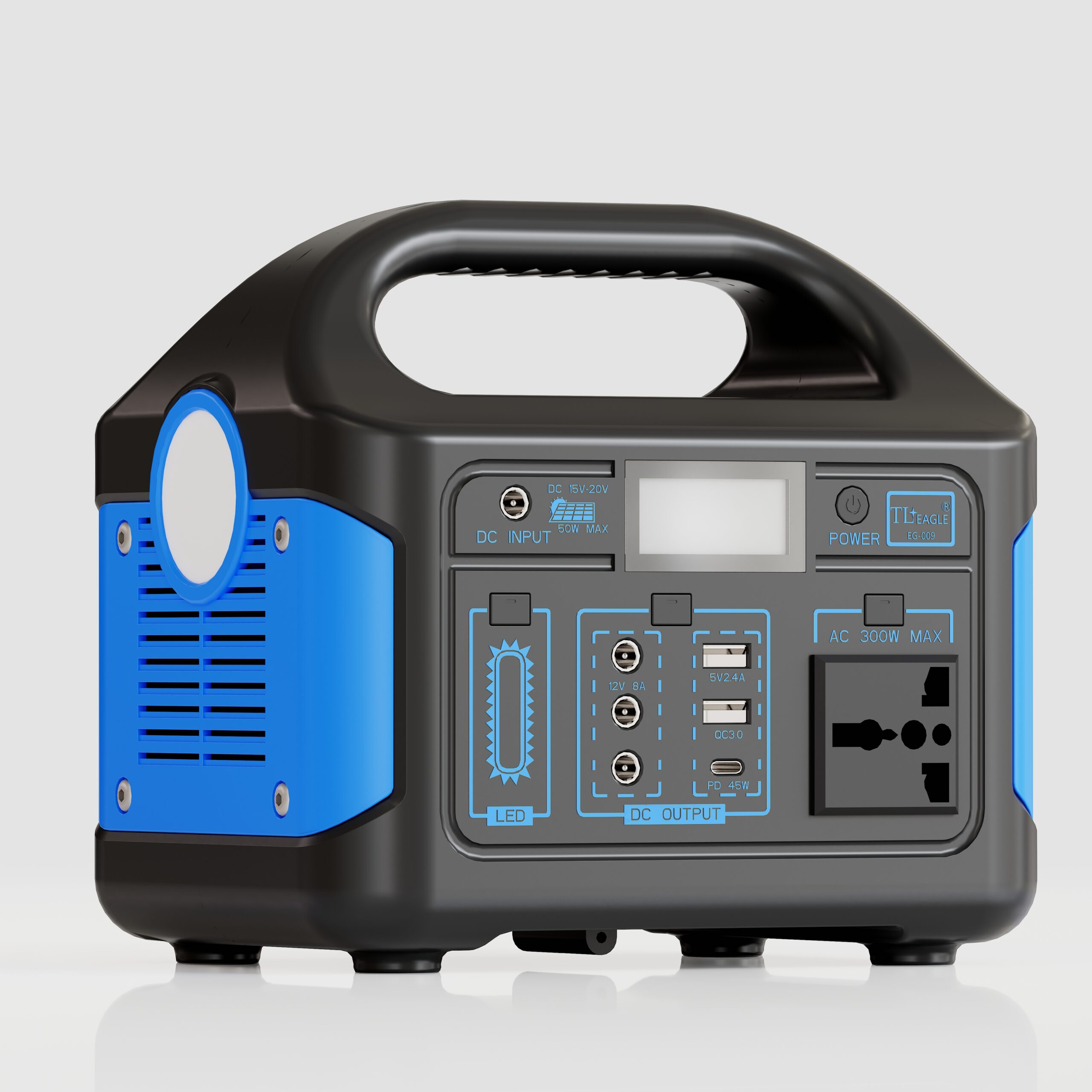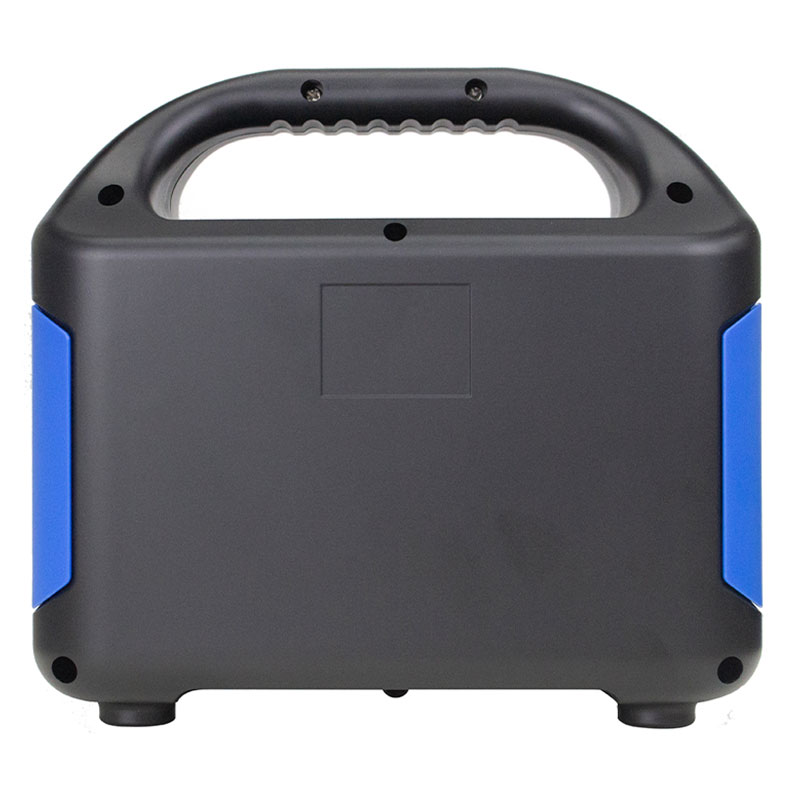Power:300W Rated voltage:110V/220V Frequency:50Hz/60Hz ±0.5
Cell type: Life4 battery Capacity:12.8V (184Wh) / 12.8V(230WH) Band: sine wave
Size:230*135*185mm Working temperature: -10 ℃ -40 ℃ Weight:2.9Kg
Color:black(orange/Blue) Storage temperature: -20~70 ℃ Noise:<45 decibels



